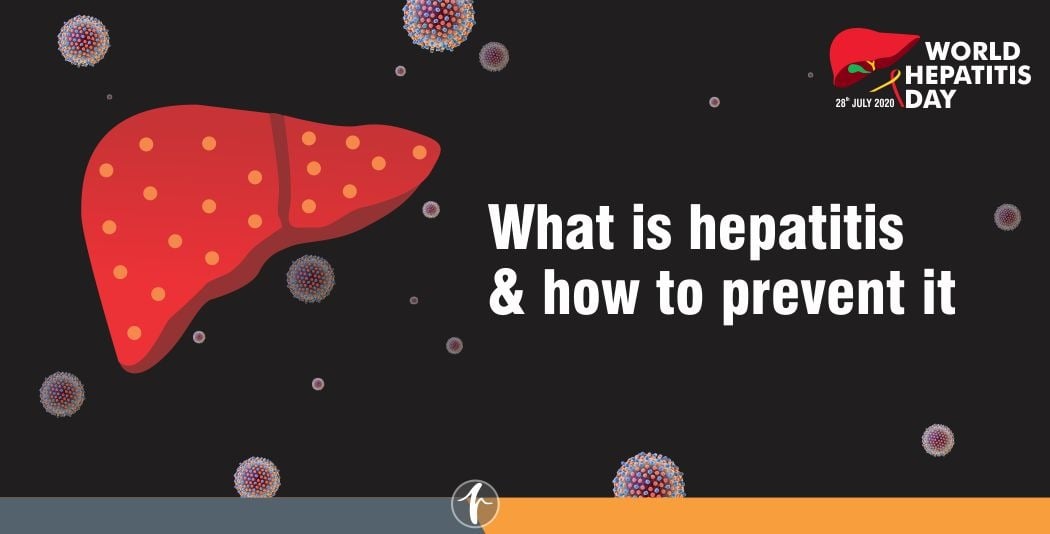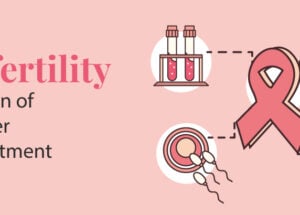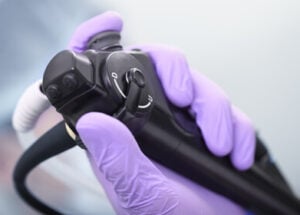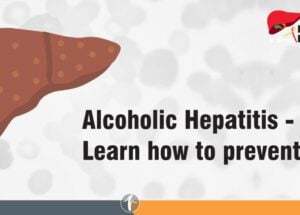What is Tennis Elbow? Symptoms, Causes, and Treatment
March 25, 2025
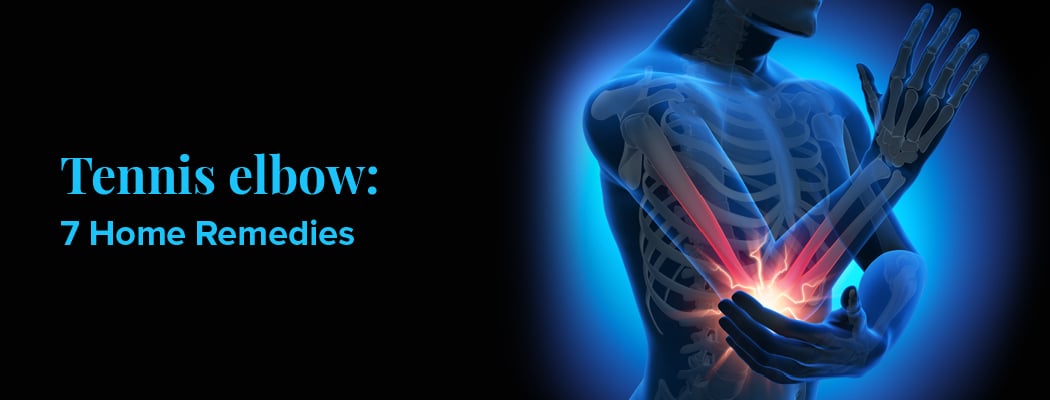
Tennis elbow, or lateral epicondylitis, develops when the elbow’s muscles and tendons are overused, often due to repetitive wrist and arm movements. Despite its name, this condition affects many people who don’t play tennis. Jobs that involve frequent arm motions, such as plumbing, painting, carpentry, and butchery, can increase the risk. However, in some cases, the exact cause remains unclear.
The pain typically starts at the bony bump on the outer elbow, where the forearm tendons attach. It may also spread to the forearm and wrist. Rest, pain relievers, and physical therapy usually provide relief. If these treatments fail or symptoms interfere with daily activities, options like injections or surgery may be necessary.
Causes
A tendon is the part of a muscle that connects it to a bone. In the forearm, tendons link the muscles to the outer bone of the elbow. Tennis elbow often occurs due to an injury in the extensor carpi radialis brevis (ECRB) muscle, which helps lift and extend the wrist. Repeated strain weakens the ECRB, leading to tiny tears in the tendon where it attaches to the elbow. These small tears trigger pain and inflammation.
Tennis elbow usually develops gradually. Repetitive movements, such as gripping and swinging a racket, put stress on the muscles and tendons. Over time, this constant strain can cause microscopic tissue tears. Activities that may contribute to tennis elbow include:
- Squash
- Fencing
- Tennis
- Racquetball
- Weightlifting
Risk Factors
Several things can raise your risk of developing tennis elbow, including:
- Age: Tennis elbow can affect individuals of all ages, but it is most common among adults between 30 and 60 years old.
- Occupation: Jobs that require repetitive wrist and arm movements increase the risk of developing tennis elbow. Professions such as plumbing, painting, carpentry, butchery, and cooking are especially prone to this condition.
- Sports: Playing racket sports raises the likelihood of tennis elbow. Poor technique, improper equipment, and playing for more than two hours a day further increase the risk.
Signs and Symptoms
The bony knob on the outside of your elbow might become painful and irritated if you have tennis elbow. This is because the damaged tendons attach to the bone at this knob. The upper or lower arm may also feel an ache. Even when the injury is to the elbow, using your hands will likely make it hurt. Tennis elbow may cause the most pain when you:
- Lift something.
- Make a fist or hold onto anything, like a tennis racket.
- Shake hands or open a door.
- Hold a coffee mug.
- Straighten your wrist or raise your hand.
What Distinguishes a Tennis Elbow From a Golfer’s Elbow?
The lateral (outside) epicondyle tendon, or the outer portion of the elbow, is affected by the tennis elbow. The medial (inside) epicondyle tendon, or the inner section of the elbow, is affected by the golfer’s elbow. Medial epicondylitis is the official medical name for a golfer’s elbow.
Golfer’s elbow patients have inner elbow pain that travels down the arm. Tinting and numbness in the fingers are also possible. Tennis elbows can affect golfers just as they can tennis players.
Diagnosis
Tennis elbow is typically identified after a physical examination. First, your doctor will inquire about your occupation, your participation in sports, and the progression of your symptoms. After that, they’ll do a few quick tests to aid with the diagnosis. To determine whether there is any pain, your doctor may apply pressure to the area where the tendon joins the bone. For example, you will experience pain as you extend (straighten) the wrist when the wrist is flexed (bent toward the palm side) and the elbow is straight.
To rule out other conditions that can cause arm discomfort, your doctor may also request imaging tests such as an X-ray or an MRI. One of these is elbow arthritis.
Treatment
The excellent news about tennis elbow treatment is that it typically heals independently. Just take it easy on your elbow and try to hasten the healing process. The following treatments are helpful:
- Experts recommend icing the elbow to relieve pain and swelling. The treatment should last 20 to 30 minutes every three to four hours for two to three days or until the pain is gone.
- Use an elbow strap to prevent further stress on the damaged tendon.
- Exercising your range of motion to loosen up and become more flexible. Your doctor might advise you to perform them three to five times daily.
Home Remedies
- Rest Your Elbow: Resting your arm and avoiding the movements that caused the discomfort and inflammation can be beneficial. You can continue with your usual activities as long as you refrain from actions and motions that can aggravate the tendons. When you begin your exercise again, go carefully and halt if you begin to get that recognisable discomfort.
- Ice your elbow: Applying ice to your elbow might help minimise pain and swelling. Avoid putting ice on your skin directly as this can harm it. In a towel or cloth, wrap the ice. 3 to 4 times each day, hold the ice pack in place for 15 to 20 minutes at a time. For this purpose, some people utilise frozen peas that they keep in the freezer exclusively. They effectively retain the cold, and the bag automatically assumes the desired form.
- Stretching and Light Exercise: We can use the E in RICE, which is often for elevation, for light stretching activities. Put your hand where your arm is straight outstretched, as though stopping. For around 15 seconds, gently move your fingers back toward your arm. Continue to unwind. The alternative stretch is to drop your hand below your wrist with the palm facing your body while keeping your arm straight. Your hand should be gently pushed in your direction. Continue to unwind.
- Wrist extensor stretch: while keeping the elbow straight, bend the afflicted wrist downward with the unaffected hand. Hold for 20 to 30 seconds, then move on three times.
- Isometric wrist extension: Bend your wrist back while restraining it with your other hand. Hold the position for 5–6 seconds, then 10 times.
- Turmeric: Turmeric’s inherent ability to reduce inflammation makes it beneficial for a variety of health issues, especially tennis elbow, where the swelling of the muscles can make moving the joints painful and keep you from carrying out daily activities. The active component of turmeric, curcumin, is also a natural analgesic and is rich in antioxidants, both of which will hasten the healing of the injured tendons.
- Garlic: Garlic is a potent remedy for the pain and discomfort associated with tennis elbow since it is rich in antioxidants, anti-inflammatory substances, sulphur, and selenium. Crush four to five garlic cloves, making a paste, and apply it immediately to the sore spot. Your tennis elbow’s pain and swelling can be quickly reduced by the potent active ingredients, which include allicin.
Which Doctor Should I Consult for Tennis Elbow?
An orthopedic specialist will evaluate your symptoms, examine your elbow and forearm, discuss any lifestyle habits or activities that may contribute to the overuse injury, and review your medical history to diagnose tennis elbow. If any of the following occur, contact your healthcare professional right away:
- Severe pain that makes it difficult to sleep or do daily tasks.
- Have trouble extending your arm, manipulating it, or holding objects.
- Red, swollen joints or a lump or bulge on your elbow.
Here are the questions to ask your physician when inquiring about tennis elbow.
- Why did I develop tennis elbow?
- What is the ideal tennis elbow treatment?
- What adjustments ought I to make to treat my symptoms?
- What adjustments should I make to stop this issue from occurring again?
- Should I keep an eye out for any complications?
Frequently Asked Questions
1. How do you get tennis elbow to go away?
To relieve tennis elbow, prioritize rest, apply ice, use over-the-counter pain relievers if needed, and consider wearing a forearm strap or brace.
2. What does the pain of the tennis elbow feel like?
Tennis elbow pain often presents as a burning or aching sensation on the outer elbow. It can extend down the forearm and intensify during activities like gripping, lifting, or moving the wrist. The discomfort may vary from mild to severe, potentially interfering with daily tasks.
3. Does one arm or both arms get tennis elbow?
Tennis elbow typically affects the dominant arm, but it can develop in either arm depending on the type of repetitive activity.


